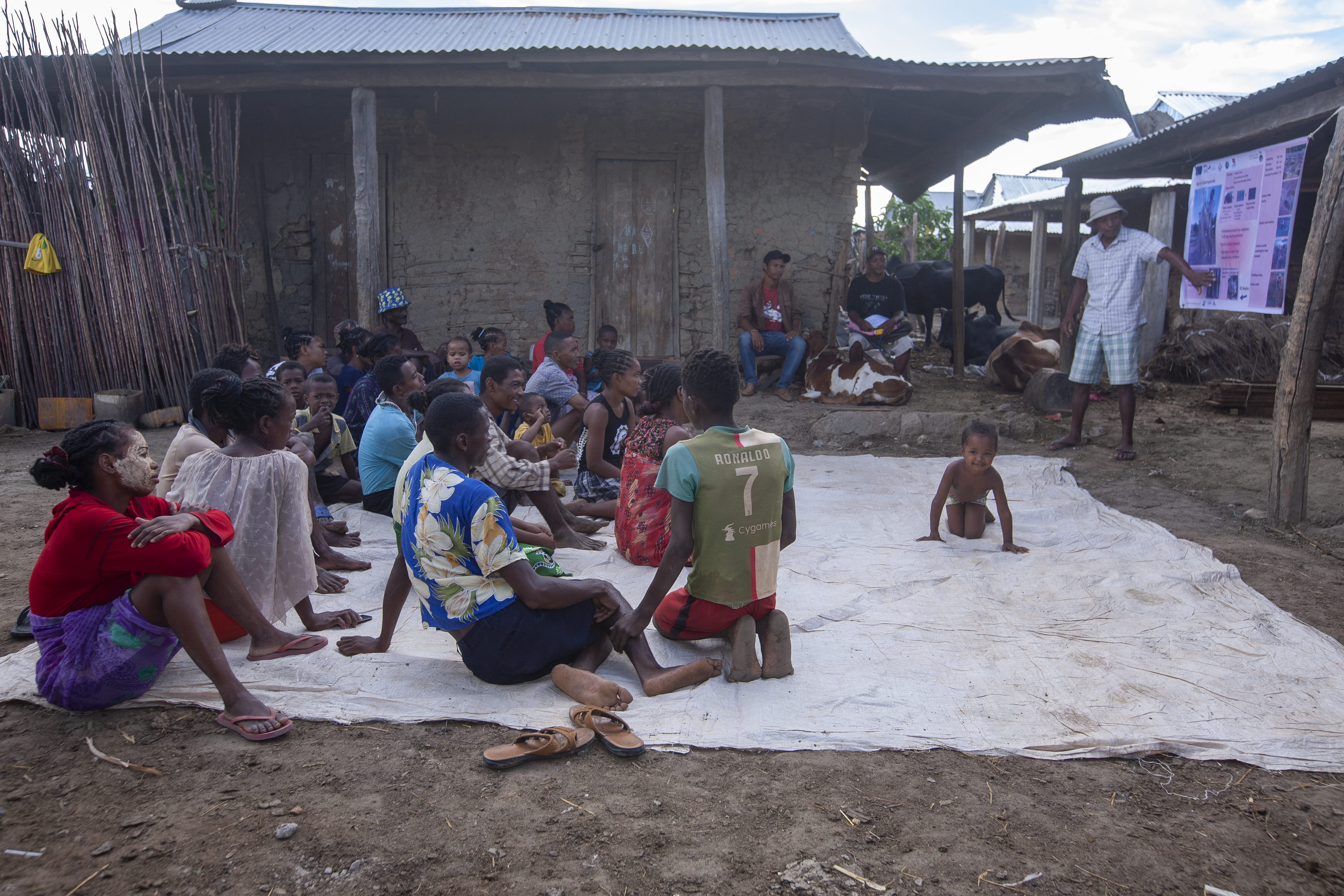A collaborative and participatory approach is central to the development of training materials. To ensure relevance, practicability, and ownership, a task force is typically formed—comprising representatives from ministries, academia, fish farmers, value chain actors, and researchers. Iterative processes, validation workshops, and stakeholder consultations are employed to refine the materials and ensure they reflect local needs.
Training should address not only the 'how' but also the 'why'. By explaining the rationale behind specific practices—such as reducing environmental impacts or promoting food and nutrition security—farmers gain a deeper understanding and are empowered to make informed decisions that align with sustainability goals. This goes beyond simply following instructions; it fosters critical thinking and adaptive problem-solving.
To build resilient and thriving enterprises, training should also incorporate elements such as business education, innovations along the value chain, and the use of decentralized renewable energy technologies. These components enable fish farmers to enhance their financial literacy, respond to market and environmental challenges, and implement innovative solutions for increased productivity and sustainability.
If necessary, consultants can be incorporated to harmonise the outcomes and accelerate the process, but a variety of relevant stakeholders of the sector and value chain should always be involved in reviewing the content.
Materials should be closely aligned with the needs and priorities of local institutions and collaboratively integrated into national curricula and technical training colleges, ensuring both relevance and local ownership.
In India, the development of aquaculture training materials involved multiple workshops and participatory feedback from local fish farmers, government agencies, NGOs, and researchers. This collaborative process was vital in creating modular training sessions suited to the seasonal constraints of fish farming, particularly for women and small-scale farmers. The materials were continuously tested and revised to ensure their relevance, written in local languages, and tailored for field-based learning without the need for technology. This inclusive approach enabled farmers to take ownership of the training content and ensured its effectiveness in the long term.
